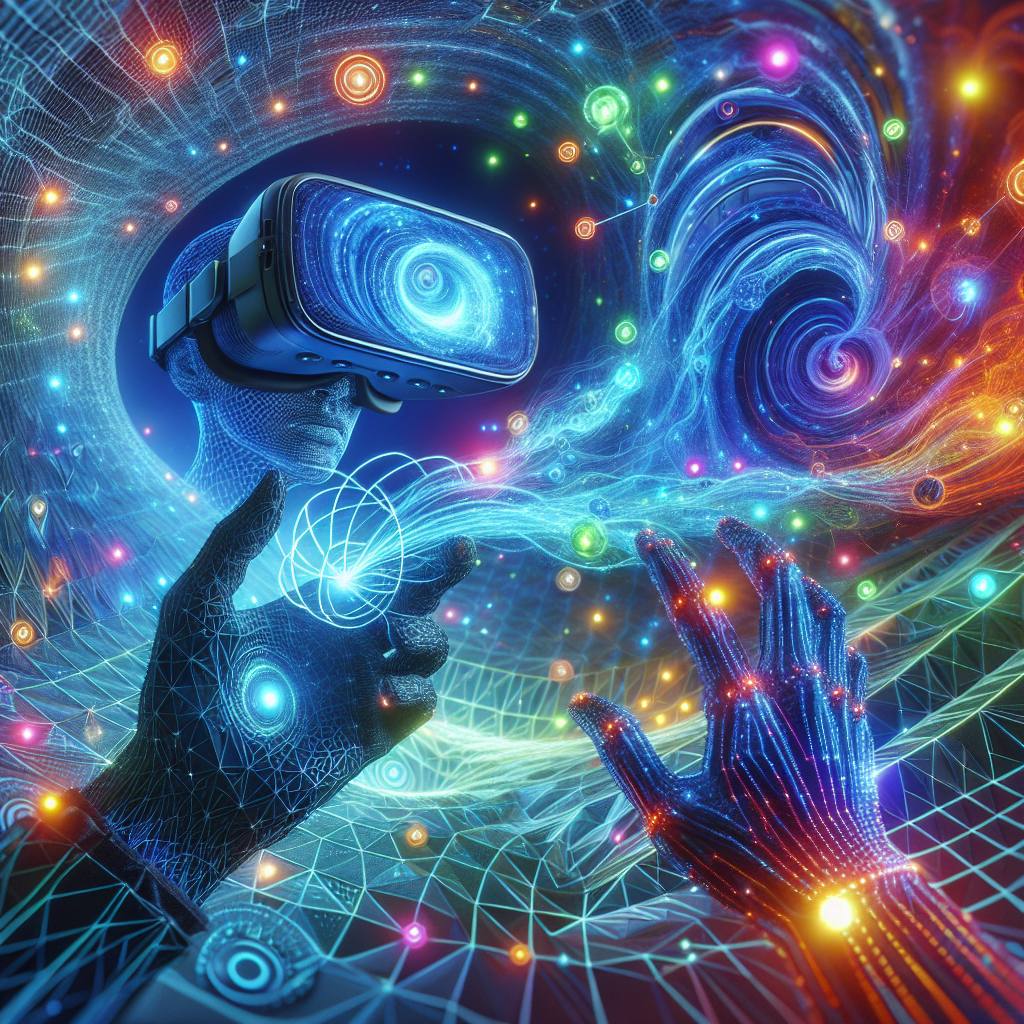Immersive Creation: Exploring the Intersection of VR Technology and Digital Art
In recent years, the world of art has been revolutionized by the advent of virtual reality (VR) technology. Artists and creators now have the ability to immerse themselves in their work like never before, using VR to create stunning digital artworks that push the boundaries of traditional art mediums. From painting and sculpture to animation and interactive installations, VR technology has opened up a whole new world of possibilities for artistic expression.
The intersection of VR technology and digital art has created a new paradigm for creativity, allowing artists to break free from the limitations of physical space and materials. With VR tools, artists can create virtual worlds that transcend the constraints of the physical world, allowing viewers to step inside the artwork and experience it in a whole new way.
One of the most exciting aspects of VR technology in the art world is its ability to create immersive experiences that blur the lines between reality and fiction. Artists can now transport viewers to fantastical realms, allowing them to explore otherworldly landscapes and interact with digital creatures in ways that were previously impossible. This level of immersion can evoke powerful emotions and create lasting impressions on viewers, making VR art a truly transformative medium.
Another benefit of using VR technology in art is its ability to democratize the creative process. With VR tools becoming increasingly accessible and affordable, artists of all backgrounds and skill levels can now experiment with creating digital art in a virtual space. This accessibility has led to a burgeoning community of VR artists who are pushing the boundaries of what is possible in the realm of digital art.
One of the most exciting developments in the intersection of VR technology and digital art is the rise of virtual reality galleries and exhibitions. These virtual spaces allow artists to showcase their work to a global audience without the limitations of physical galleries. Viewers can navigate through these virtual galleries using VR headsets, experiencing the artwork in a way that feels like they are physically present in the space.
FAQs:
Q: How do artists create VR art?
A: Artists create VR art using specialized software tools that allow them to sculpt, paint, and animate in a virtual space. These tools often mimic traditional art mediums, such as brushes and clay, but with added capabilities for creating 3D environments and interactive elements.
Q: Can anyone create VR art?
A: Yes, anyone with access to VR technology and creative software can create VR art. While some familiarity with digital art tools may be helpful, VR technology is becoming increasingly user-friendly, making it accessible to artists of all skill levels.
Q: What are some examples of VR art?
A: Some examples of VR art include 3D sculptures, immersive paintings, interactive installations, and virtual reality experiences that transport viewers to digital worlds. Artists are constantly experimenting with new ways to push the boundaries of VR technology in the realm of digital art.
In conclusion, the intersection of VR technology and digital art has opened up a world of possibilities for artists and creators. With the ability to immerse themselves in their work like never before, artists can create stunning virtual experiences that push the boundaries of traditional art mediums. From immersive paintings and sculptures to interactive installations and virtual reality experiences, VR technology has revolutionized the way we think about art. As VR technology continues to evolve and become more accessible, we can only imagine the incredible works of art that will emerge from this exciting intersection of technology and creativity.
